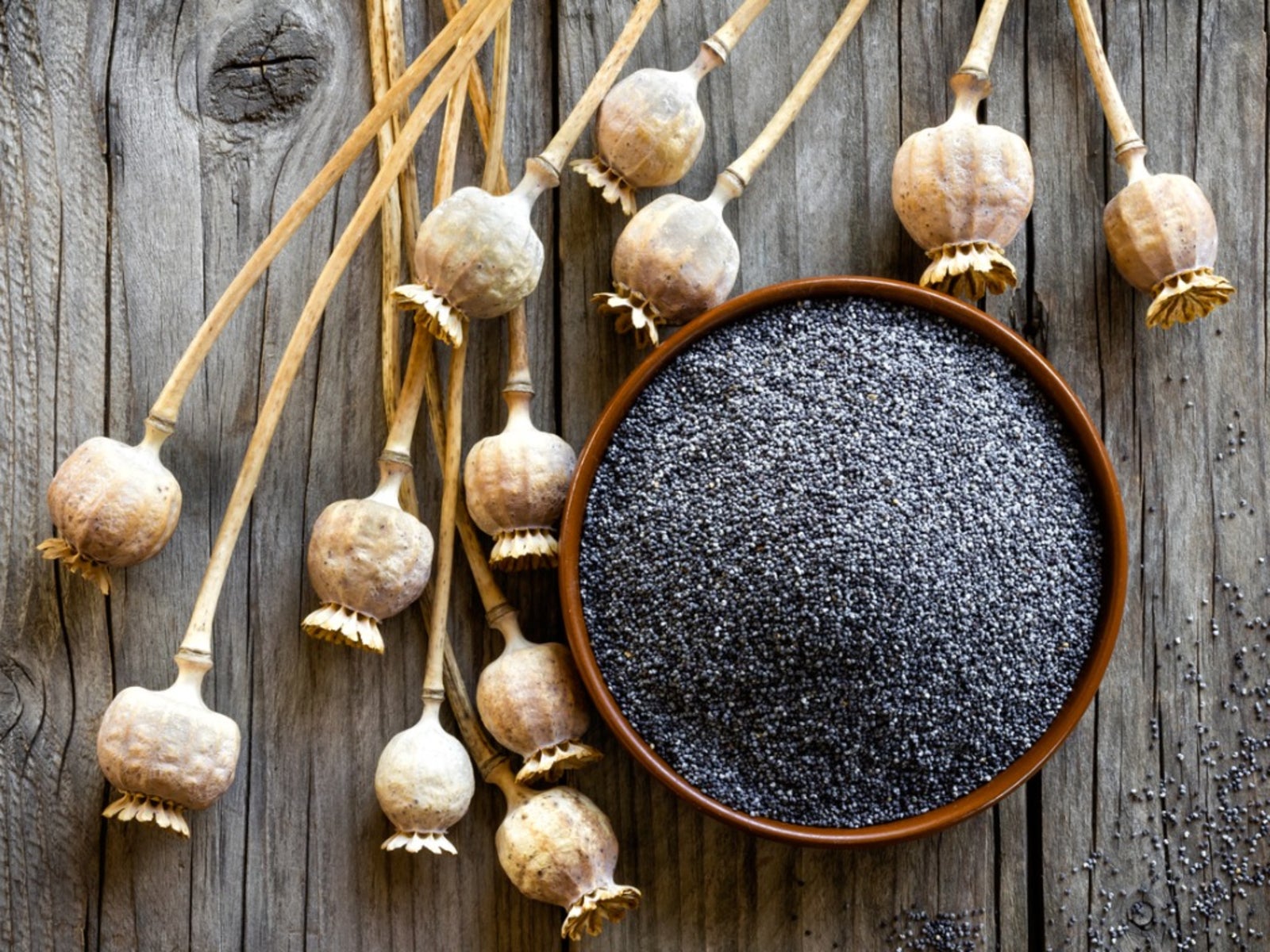Collecting Flower Seeds: How And When To Harvest Garden Seeds

Collecting flower seeds from your favorite plants is a fun and rewarding pastime. Growing plants from seed is not only easy but also economical. Once you have the method down you will have a cost efficient way of ensuring a garden full of beautiful blooms year after year. Seed harvesting provides an opportunity to preserve your beautiful garden flowers to replant next year or share with friends and family. Some gardeners also enjoy developing their own seed strains or hybridizing their plants by seed saving.
When to Harvest Garden Seeds
Knowing when to harvest garden seeds is the first step to saving plants for future use. Once flowers begin to fade at the close of the season, most flower seeds are ripe for picking. Seed harvesting should be done on a dry and sunny day. Once seedpods have changed from green to brown and can be easily split, you can begin collecting flower seeds. Many people choose to gather seeds while deadheading plants in the garden.
How to Collect Flower Seeds
Always harvest seeds from your best performing plants. When you're ready for seed harvesting, you'll need to know the best method of how to collect flower seeds. Use clean and sharp garden scissors to cut the pods or seed heads from the plant and place them in a paper collection bag. Label all of your bags so that you do not forget which seeds are which. It is important to use only paper bags, as seeds can spoil in plastic. Once you have collected your seeds, you can spread them out on a screen or a piece of newspaper and dry them at room temperature for a week.
How to Store Flower Seeds
So now that your seeds have been harvested, it's time to learn how to store flower seeds to ensure they will be at their optimal best for planting next season. Brown paper bags or envelopes are great to store dry seeds. Label all envelopes accordingly. Store seeds in a cool and dark spot for the winter. A temperature around 40 F. (5 C.) is best. Do not crush or damage seeds or allow seeds to freeze or overheat while in storage. Keep seeds dry at all times.
Sign up for the Gardening Know How newsletter today and receive a free copy of our e-book "How to Grow Delicious Tomatoes".